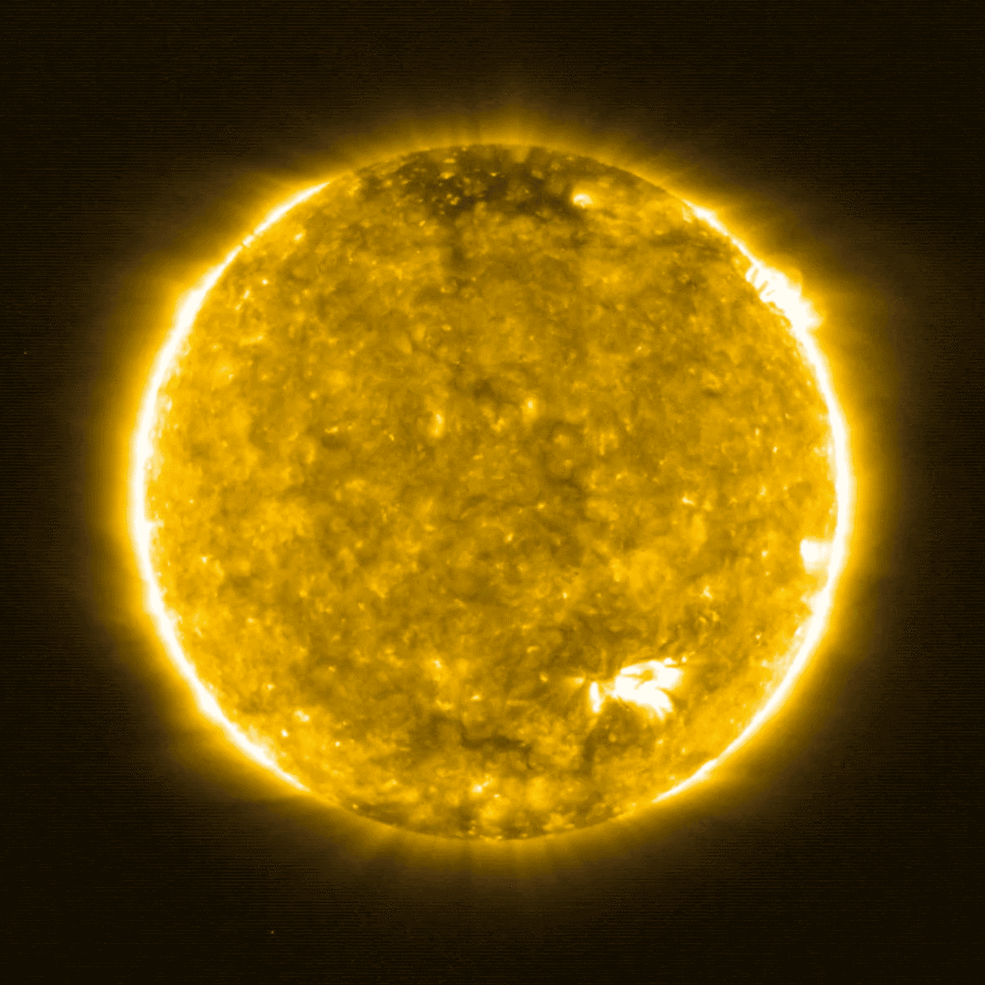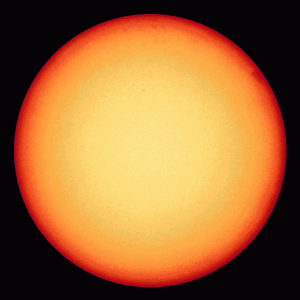The humans are able to see the closest images of the burning planet Sun for the first time in history. NASA and ESA have disclosed them to the public.
European Space Agency (ESA) and the National Aeronautics and Space Administration (NASA) joint international collaboration have sent Solar Orbiter to study Sun. The first images of the Sun have been returned by the mission and they were made available to the public by NASA and ESA. The images were captured in the month of mid-June 2020, and it is the closest snaps ever acquired by humans.
Here are the animations that show a series of views of the Sun captured with the Extreme Ultraviolet Imager (EUI) on ESA/NASA’s Solar Orbiter on May 30, 2020.
 Credits: Solar Orbiter/EUI Team (ESA & NASA); CSL, IAS, MPS, PMOD/WRC, ROB, UCL/MSSL
Credits: Solar Orbiter/EUI Team (ESA & NASA); CSL, IAS, MPS, PMOD/WRC, ROB, UCL/MSSL
This shows how the Sun’s appear at a wavelength of 17 nanometers, which is in the extreme ultraviolet region of the electromagnetic spectrum. Images at this wavelength reveal the upper atmosphere of the Sun, the corona, with a temperature of more than a million degrees.
The below animation shows a sequence of images from the Polarimetric and Helioseismic Imager (PHI) on ESA/NASA’s Solar Orbiter. PHI measures the magnetic field near the Sun’s surface and allows the investigation of the Sun’s interior via the technique of helioseismology.

From NASA’s Goddard Space Flight Center in Greenbelt, Maryland project scientist for the mission Solar Orbiter Holly Gilbert, said
These unprecedented pictures of the Sun are the closest we have ever obtained,
These amazing images will help scientists piece together the Sun’s atmospheric layers, which is important for understanding how it drives space weather near the Earth and throughout the solar system.

Other images from the spacecraft showcase additional promise for later in the mission when Solar Orbiter is closer to the Sun.
Also, read: The Solar Orbiter Mission Launched For An Unprecedented Look At Sun
Mission Sun Orbiter also revealed initial results. In situ instruments measure the space environment immediately surrounding the spacecraft. The Solar Wind Analyser, or SWA instrument, shared the first dedicated measurements of heavy ions (carbon, oxygen, silicon, iron, and others) in the solar wind from the inner heliosphere.

